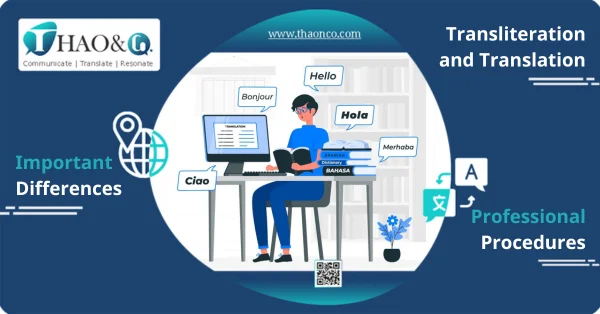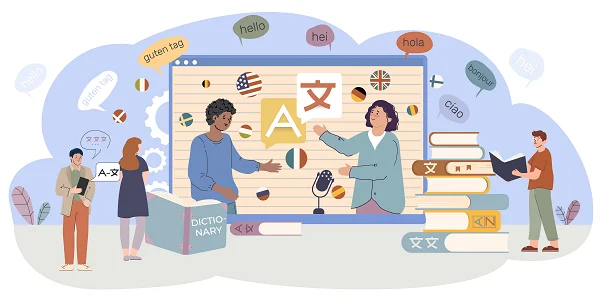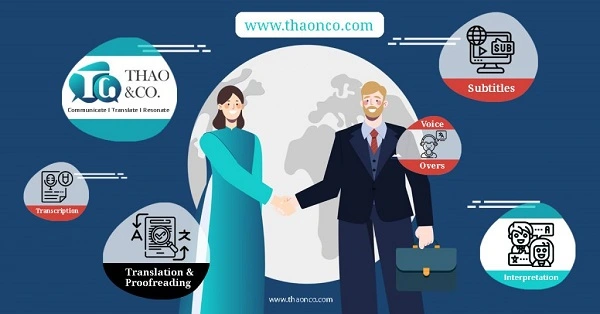While both transliteration and translation involve transferring content from one language to another, they do so in fundamentally different ways. So, which one is right for your content? In this article, Thao & Co. explores the differences between transliteration and translation to help you make the best choice.
Translation involves carefully transferring content from its original language to the target language. Accuracy, contextual relevance, and cultural awareness are crucial elements for ensuring high-quality translated content.
Unlike translation, transliteration focuses on representing the characters or letters of one writing system using the characters of another. Transliteration aims to make texts more accessible to target audiences.
To navigate the choice between transliteration and translation with confidence, let’s explore their key differences. This will equip you to select the most suitable approach for your specific needs.
The core purpose of translation lies in converting the words, sentences, and even the broader context of a text into a different language, allowing readers to grasp the full essence of the source material.
Unlike translation, transliteration doesn’t delve into the meaning behind words. Instead, it focuses on representing the sounds or letters of one writing system using another, making foreign words easier to pronounce and recognize for non-native speakers.

While translation can be applied to most languages, transliteration is commonly used for languages with different writing systems, including hieroglyphic alphabets such as Chinese, Korean, and Japanese, as well as Cyrillic alphabets used in languages like Russian, Ukrainian, Belarusian, and Bulgarian.
The translation process includes these basic steps:
The transliteration includes the following steps:

Translators who strive for excellence must possess a diverse set of skills across language, writing, and cultural awareness.
Compared to translation, transliteration may not necessitate the same level of fluency and cultural understanding. However, this task does require experience and specific linguistic skills:
The choice between transliteration and translation hinges on the intended use of the documents and the characteristics of your target audience.
If accurately conveying the message and meaning of the text is your primary goal, or if your target audience shares the same writing system but not the language, then translation is the recommended approach.
If preserving the original form of the text and simplifying reading and writing for non-native speakers are the main priorities, transliteration is preferred.
In some cases, combining transliteration and translation can be ideal. This dual approach offers accuracy and convenience for readers across languages and writing systems.
Through all the information listed above, Thao & Co. hopes we clearly show the differences between Transliteration and Translation to whom it may concern. So that, they can have an objective view and choose themself the most favorable services.

Seeking expert translation or transliteration with meticulous content and form? Thao & Co. translation company delivers exceptional results through our experienced linguists and rigorous B2B translation processes. We bring your words to life across languages, ensuring the best possible experience.
While both transliteration and translation involve converting text from one language to another, their goals and approaches differ significantly. Transliteration and translation complement each other, delivering accurate and comprehensive results that make foreign texts accessible to a wider audience.
Ready to unlock the power of language with expert Translation and Interpretation? Get a free quote from Thao & Co. and our experienced linguists will guide you towards seamless communication.